Apple today announced watchOS 9 for the Apple Watch, which will include more watch face options with more in-depth customization options, updates to notifications, new features in the Workout app, and more.
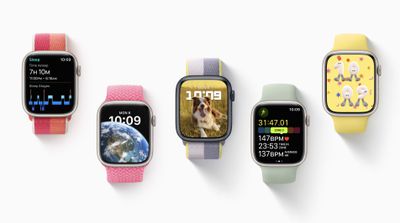
Similar to iOS 16's new lock screen, the new watch faces in watchOS 9 let users personally style each face. There are four new faces: Lunar, Playtime, Metropolitan, and Astronomy; classic watch faces have been updated as well to showcase enhanced depth effects of watchOS 9.
In regards to specific apps, the Workout app has been updated with more detailed metrics for measuring performance and a new training experience to help you reach your fitness goals. You can see different Workout Views by rotating the Digital Crown, changing between different training styles during a workout.
Heart Rate Zones help monitor the intensity of a workout, and Custom Workouts allow for work and rest intervals throughout a workout. Additionally, new alerts include pace, power, heart rate, cadence, and more, can be added to guide you through the workout.
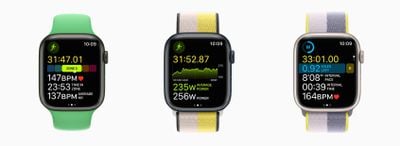
Runners will be able to track metrics like stride length, ground contact time, and vertical oscillation. These appear in the Fitness app summary and in the Health app, allowing runners to track trends over time and learn from their patterns.
Frequently used routes allow runners to race against their own ghost times, including their best or last results, and receive alerts during the run for being ahead or behind their ghost. Lastly, there are a few updates to swimming workouts, like kickboard detection as a new stroke type.
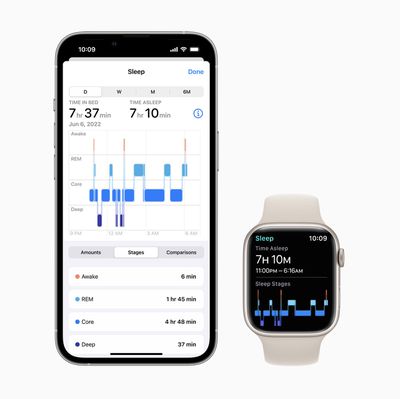
Apple Watch will now be able to track more sleep insights with the new sleep stages feature. Using signals from the accelerometer and heart rate sensor, watchOS 9 can detect when users are in REM, Core, or Deep sleep. All of these stats will be available in the Sleep app upon waking up.
Anyone diagnosed with AFib can use the new AFib History feature in watchOS 9 to access important information. This includes an estimate of how frequently a user's heart rhythm shows signs of AFib, and more, and this feature has been cleared by the FDA.
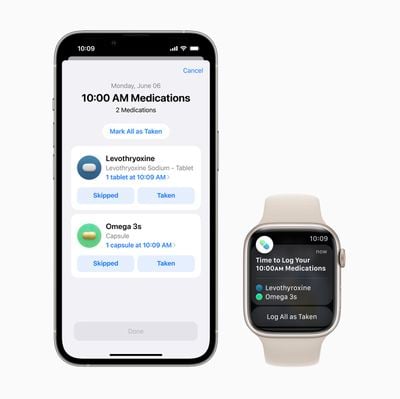
Next, there's a new Medications experience on watchOS 9 and iOS 16 that can track a user's medications, vitamins, and supplements. They can create a medications list, set up schedules and reminders, and view information on their meds in the Health app.
The Health app tracks all of the medications, and can even alert users if it sees potential critical interactions between two meds that were added (for people in the United States). Otherwise, it'll let users create schedules to remind themselves to take their meds.
Other watchOS 9 updates:
- Notifications have been redesigned to be less interruptive, similar to iOS 16.
- Family Setup now supports the Home app, letting kids be invited to control Home accessories.
- Quick Actions let users do even more with a double-pinch gesture, like ending a phone call or taking a photo.
- Apple Watch Mirroring helps users with physical and motor disabilities control Apple Watch via iPhone.
- QWERTY keyboard adds support for French, German, Italian, Japanese, Portuguese (Brazil), and Spanish (Mexico, Spain, Latin America).
- Redesigned Dock features apps that are actively in use ahead of others.
- Reminders app lets users add or edit key details like dates and time.
- Calendar app lets users create new events directly on Apple Watch.
- Cardio Recovery tracks cardiovascular health after walks and runs.
watchOS 9 is now available as a developer beta to Apple Developer Program members, and a public beta will arrive next month. It'll launch to the public this fall as a free software update for Apple Watch Series 4 or later, paired with iPhone 8 or later and iPhone SE (second-gen) or later, running iOS 16.


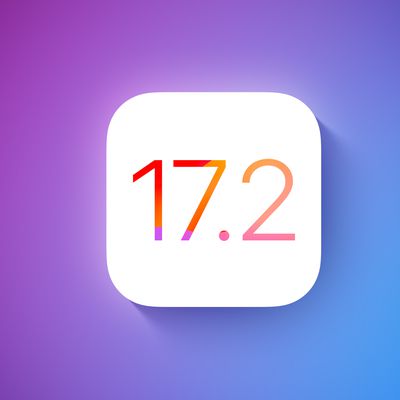
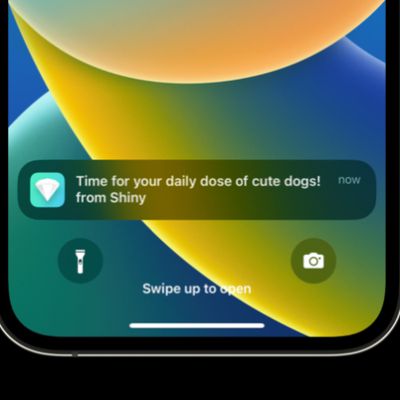

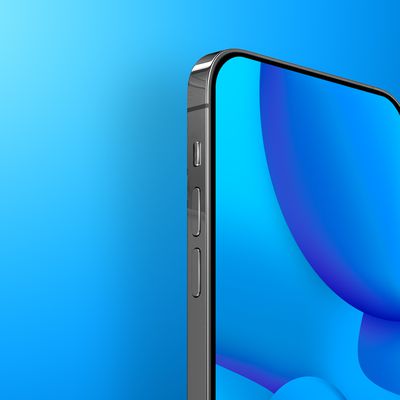
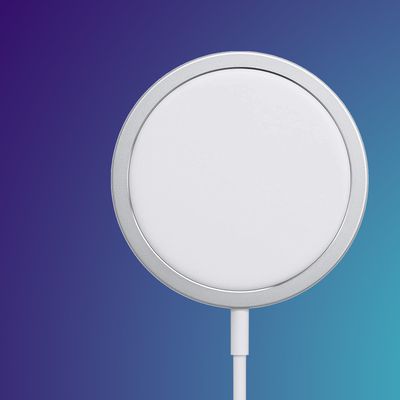
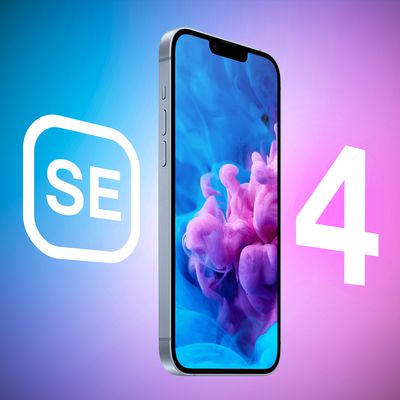
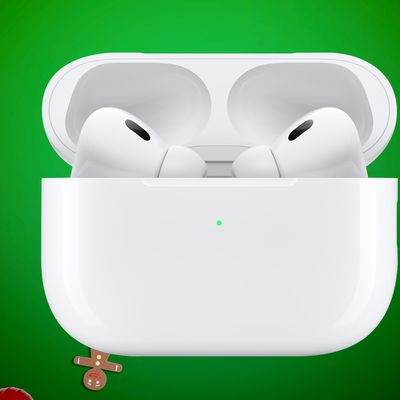
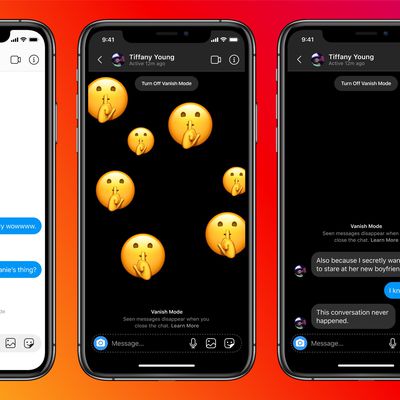
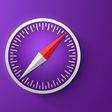

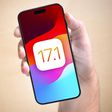

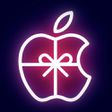
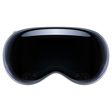





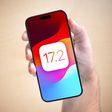

Top Rated Comments
IM THROWING MY INTERVAL APP IN THE TRASH WHEN THIS COMES OUT LFG
Love the medication tracking. Hopefullly we get food tracking in the future as well.